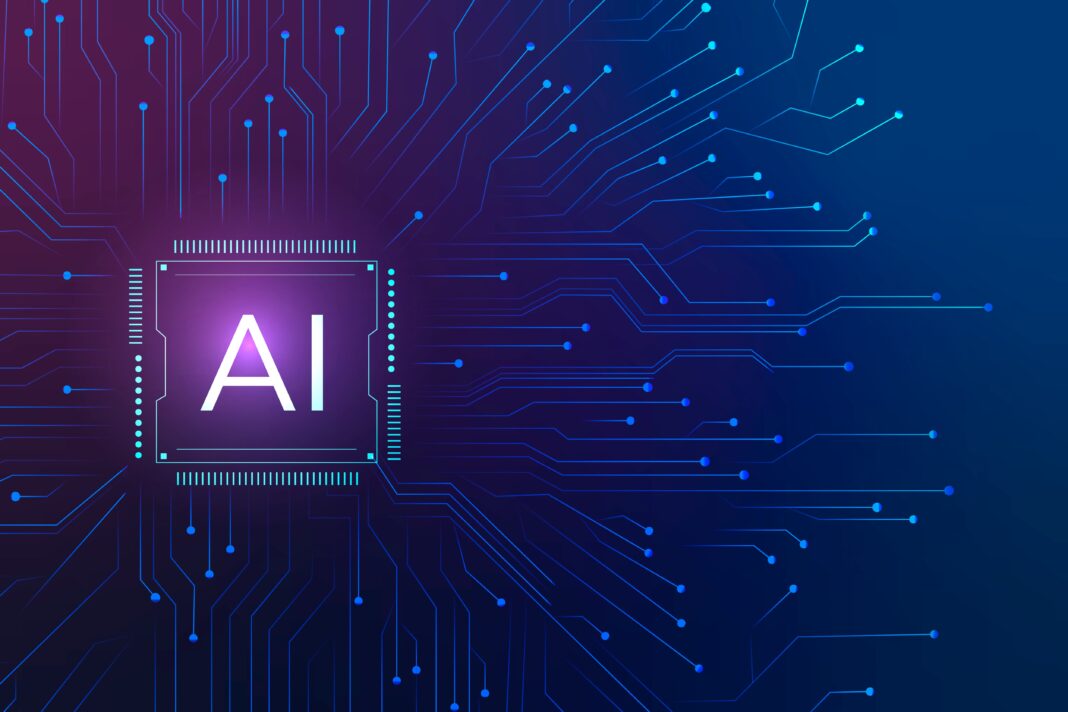At its Advancing AI event in San Jose, AMD unveiled a comprehensive AI strategy, introducing a new lineup of hardware, software, and end-to-end infrastructure solutions to strengthen its role in powering next-gen AI workloads.
A highlight of the event was the launch of the AMD Instinct MI350 Series accelerators, delivering up to 4x performance gains over the previous generation. These accelerators are already being deployed at scale, including on Oracle Cloud Infrastructure.
AMD Chair and CEO Dr. Lisa Su, joined by executives from Meta, Microsoft, Oracle, and OpenAI, emphasized how AMD’s unified platform—spanning GPUs, CPUs, networking, and open software—is enabling cutting-edge AI applications. With seven of the top ten AI customers now using AMD Instinct accelerators, the company is rapidly solidifying its leadership in the AI space.
A key announcement was the debut of the AMD Instinct MI350 Series, featuring the MI350X and MI355X GPUs. Designed to deliver breakthrough AI performance, these accelerators are integrated with 5th Gen AMD EPYC processors and AMD Pensando Pollara NICs, forming the foundation of a new open-standards, rack-scale infrastructure set to launch broadly in the second half of 2025.
Looking further ahead, AMD previewed its “Helios” AI Rack—an all-in-one AI platform scheduled for release in 2026. Helios will be powered by next-generation AMD Instinct MI400 Series GPUs, “Zen 6”-based AMD EPYC “Venice” CPUs, and AMD Pensando “Vulcano” NICs. The platform is engineered to deliver next-level AI performance, enabling efficient scaling for increasingly large and complex AI models.
On the software side, AMD introduced ROCm 7.0, its latest AI software stack, featuring improved support for popular AI frameworks, broader hardware compatibility, and a suite of new APIs, drivers, and libraries designed to accelerate development and deployment.
The company also expanded access to the AMD Developer Cloud, giving developers and the open-source community greater opportunities to build and test on AMD’s next-gen compute platforms.
Sustainability was another key focus. AMD announced that its MI350 Series has already exceeded its previous five-year goal of a 30x energy efficiency gain—achieving a 38x improvement in AI training and high-performance computing workloads.
Looking ahead, AMD set a bold new target for 2030: a 20x increase in rack-scale energy efficiency from 2024 levels, with the aim of reducing power consumption by up to 95%.
Quick Take:
AMD’s integrated hardware-software approach simplifies AI deployment, offering enterprises both performance and open-standards flexibility. By coupling a significant generational uplift with aggressive energy-efficiency goals, AMD addresses operational cost and sustainability concerns head-on. Helios and ROCm 7.0 showcase AMD’s ambition to rival proprietary stacks with a full-stack, open AI ecosystem.




